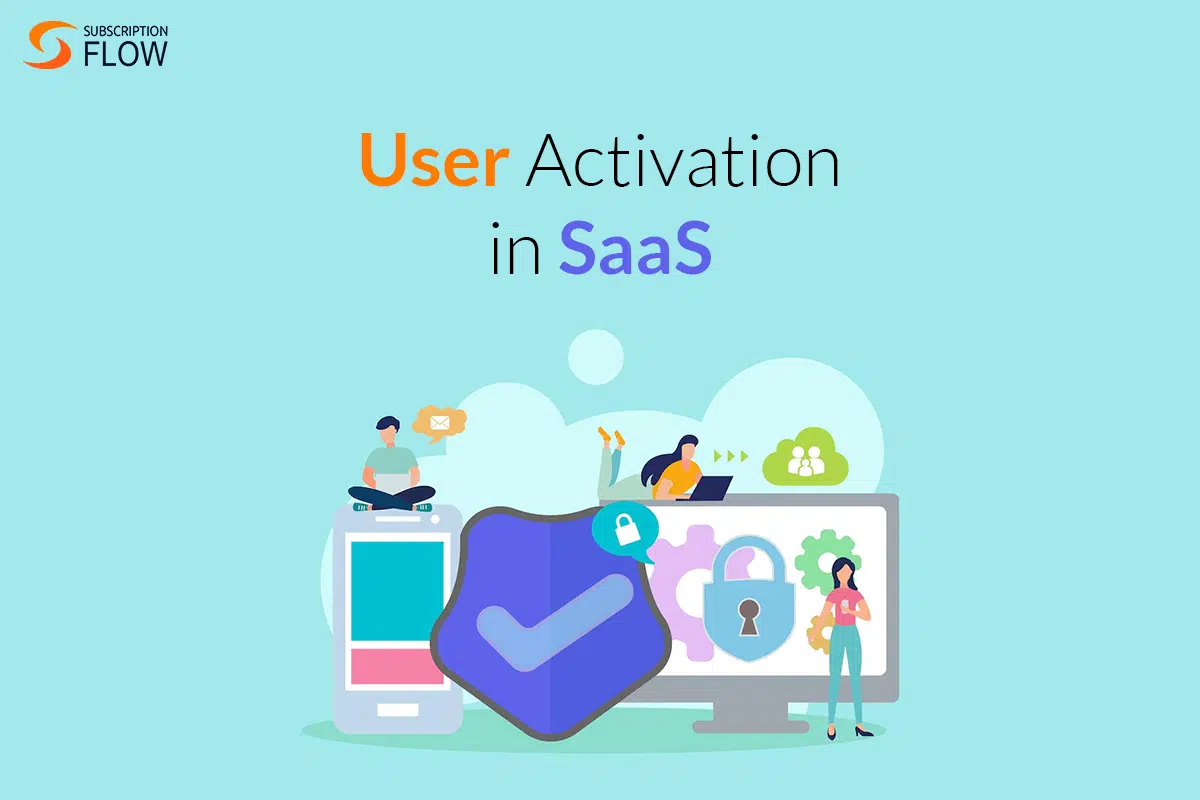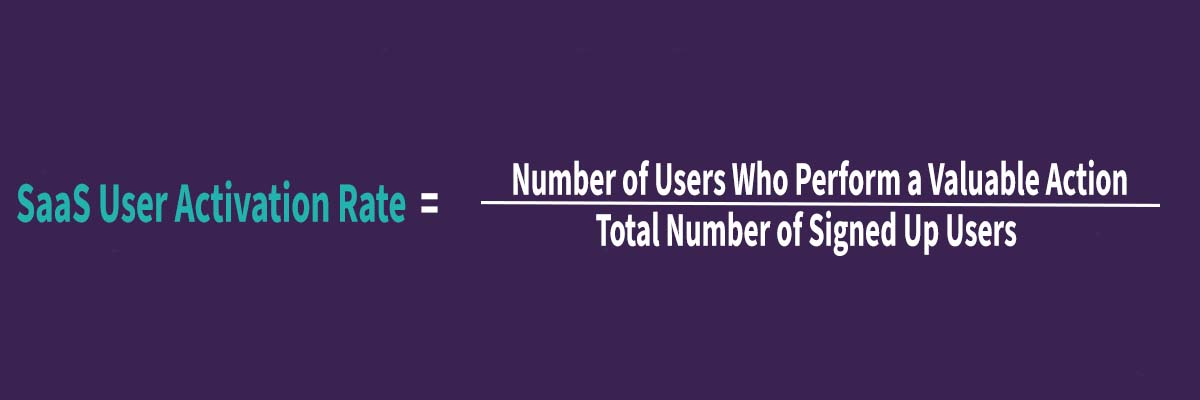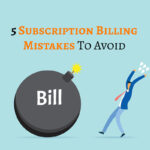
What is User Activation and How It Is a Precursor In SaaS Growth
User activation is critical for any SaaS business – it’s the process of getting users to sign up and use your product. User activation aims to engage new users with your product as quickly as possible, so they become paying customers.
Why Is User Activation So Important?
User activation is often the key metric determining whether a startup will succeed or fail. User activation is a measure of how engaged users are with your product. It’s usually expressed as a percentage of users who take the desired action within a given period (e.g. 30 days).
The desired action can vary depending on your business model. Still, it typically involves using your product to generate value for the user, for example, signing up for a free trial, adding credit card information, or making a purchase.
A high user activation rate indicates that users find value in your product and are likely to continue using it. It is essential because your business is on track to generate recurring revenue from these users.
On the other hand, a low user activation rate indicates that users are not finding value in your product and are unlikely to continue using it. It is a problem because your business risks losing customers and not generating the revenue it needs to grow.
Factors Affecting User Activation
Several factors can impact user activation, but here we are focused on the two most critical aspects affecting the rate of user activation:
Onboarding
Onboarding is the process of helping new users get started with your product. It’s designed to give users the information and resources they need to be successful with your product.
An effective onboarding experience will help new users understand what your product does, how it can benefit them, and how to use it. It will, in turn, increase the likelihood of users taking the desired action and becoming active users.
The following channels can be used for user onboarding:
- Guided Demo
- Interactive How-to Guide
- Email Onboarding
Of all the options, most SaaS use email onboarding to enhance the user experience for activation.
Email Onboarding
There are several ways to onboard new users, but email is one of the most effective. Email onboarding is a process whereby new users are sent emails introducing them to your product and helping them get started.
The benefits of email onboarding include:
It’s automated: Once you set up your email onboarding campaign, it will run on autopilot and require no further input.
It’s scalable: Email onboarding can be easily scaled to accommodate many new users without additional effort.
It’s flexible: Email onboarding is highly flexible and can be customized to meet the specific needs of your business.
It’s cost-effective: Email onboarding is a cost-effective way to onboard new users, especially compared to other methods such as in-person training or one-on-one support.
Email onboarding is essential for any SaaS business wanting to increase user activation and grow revenue. If you’re not using email onboarding, now is the start.
User Activation Metrics You Must Track
User Activation Rate (UAR)
User Activation Rate or UAR is defined as the number of users who perform a specific, valuable action(s) divided by the total number of users who sign up for your product.
A valuable action can be anything you want your users to do to get value from your product.
For example, a social media platform might consider users “activated” when they follow at least ten people. Or, a messaging app could view a user activated when they successfully invite three friends to join the app.
The important thing is that you define what activation means for your business and product. Once you have done that, you can start tracking your User Activation Rate. There are a few different ways to calculate your User Activation Rate. The most common are:
Another way to calculate UAR is by using cohort analysis. This approach examines how many users in a specific cohort (group) complete the valuable action(s). For example, let’s say you have 100 signed-up users in January, and 50 perform the practical action. Your User Activation Rate would be 50%.
Now, let’s say you have 200 signed-up users in February and 100 of them perform the valuable action. Your User Activation Rate would still be 50%. Even though the number of users increased, the percentage of users who performed the valuable action stayed the same. It is what we call cohort analysis. Cohort analysis is a great way to track UAR over time because it lets you see if you are effectively onboarding and activating new users.
DAU/MAU Ratio
DAU stands for Daily Active Users, and MAU stands for Monthly Active Users. The DAU/MAU ratio is a metric that measures how often your average user uses your product over a given period. The DAU/MAU ratio is calculated by dividing the number of daily active users by the number of monthly active users.
For example, let’s say you have a social media platform with 1,000 monthly active and 100 daily active users. Your DAU/MAU ratio would be 10%. This metric is important because it lets you see if your users use your product regularly. If the number of daily active users is low relative to the number of monthly active users, it could indicate that your product is not being used as often as you would like.
There are a few different ways to increase the DAU/MAU ratio. One way is to focus on user retention and ensure that existing users use your product regularly. Another way is to focus on user acquisition and ensure that you attract new users who are likely to use your product regularly.
Visitor To Trial Users
The visitor-to-trial-users metric measures how many visitors to your website sign up for a free product trial. This metric is important because it lets you see if you are effectively converting visitors into trial users. Suppose the number of trial users is low relative to the number of visitors. In that case, it could indicate that your website is ineffective at converting visitors into trial users.
There are several ways to increase the visitor trial users ratio. One way is to ensure that your website is designed to make it easy for visitors to sign up for a free trial. Another way is to ensure that you attract the right kind of visitors to your website who are likely to sign up for a free trial.
How SubscriptionFlow Helps You Increase The SaaS Activation Rate
When you first start using new software, it’s easy to feel overwhelmed. There are so many features and options that you’re unsure where to start. That’s why it’s important to have a plan for activating your users.
SubscriptionFlow is a tool that helps you increase your SaaS activation rate. It does this by providing a simple way to track and manage your user’s subscription journey. Understanding how your users interact with your product can make changes that increase conversion rates and reduce churn.
Here are some of the things that SubscriptionFlow can do to help you increase user activation:
1. Create a personalized user onboarding journey
2. Increase communication with users
3. Identify and address user pain points
4. Offer incentives for users to activate
5. Provide a dedicated customer success team
With SubscriptionFlow, you can increase your SaaS activation rate and improve the overall health of your business. You can reduce churn and increase conversions by providing a better experience for your users. Schedule a demo today to see the difference SubscriptionFlow can make.











